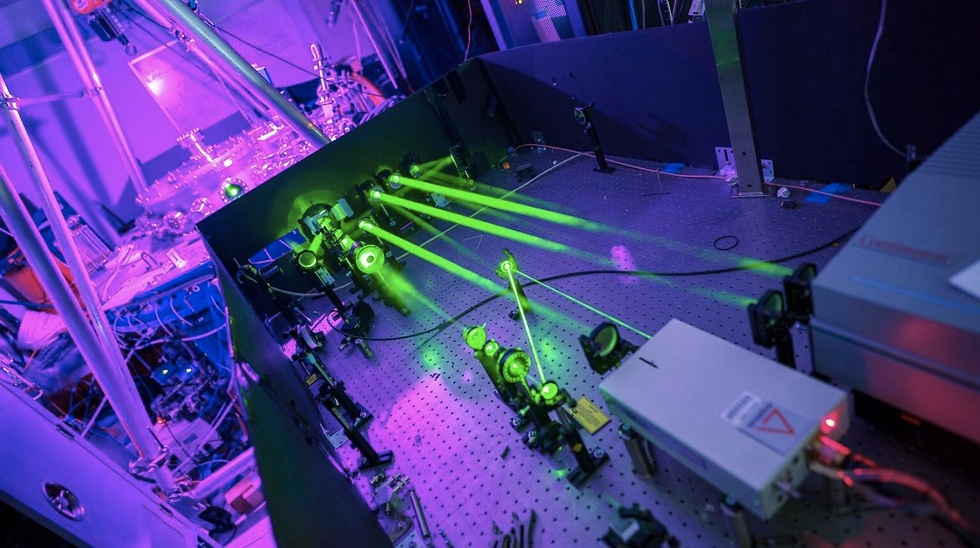NASA and Blue Origin Launch Twin ESCAPADE Spacecraft on Unprecedented Mars Science Mission
- MM24 News Desk
- 2 hours ago
- 2 min read

NASA, in partnership with Blue Origin, has successfully launched two ESCAPADE (Escape and Plasma Acceleration and Dynamics Explorers) spacecraft aboard a New Glenn rocket from Cape Canaveral Space Force Station. The twin orbiters, built by Rocket Lab, will embark on a unique, multi-year journey to study how the solar wind strips away the Martian atmosphere, providing critical data to protect future human explorers, according to NASA.
The launch, which occurred at 3:55 p.m. EST on Thursday, marks a significant step for both interplanetary science and commercial space partnerships. Unlike previous missions that take a direct route, ESCAPADE will first travel to a point in space a million miles from Earth before using a gravity assist to sling itself toward Mars.This innovative trajectory could revolutionize how future missions are timed and launched.
“Congratulations to Blue Origin, Rocket Lab, UC Berkeley, and all our partners on the successful launch of ESCAPADE,” said acting NASA Administrator Sean Duffy. “This heliophysics mission will help reveal how Mars became a desert planet, and how solar eruptions affect the Martian surface. Every launch of New Glenn provides data that will be essential when we launch MK-1 through Artemis.”
The mission’s core objective is to investigate the ongoing interaction between Mars and the solar wind, a relentless stream of charged particles blowing from the Sun at over a million miles per hour.
READ ALSO: https://www.modernmechanics24.com/post/toyota-electric-bz-time-attack-awd-concept-2025-sema
Scientists believe this process gradually stripped Mars of much of its atmosphere, transforming it from a warmer, wetter world into the cold desert we see today. By understanding this history, we can better comprehend the evolution of planetary environments.
Ground controllers successfully established communication with both spacecraft just hours after launch, confirming they were healthy and ready for their long voyage. The mission is led by the University of California, Berkeley, showcasing the collaborative nature of modern space exploration that blends government, commercial, and academic expertise.
“The ESCAPADE mission is part of our strategy to understand Mars’ past and present so we can send the first astronauts there safely,” said Nicky Fox, associate administrator of the Science Mission Directorate at NASA Headquarters.
“Understanding Martian space weather is a top priority for future missions because it helps us protect systems, robots, and most importantly, humans, in extreme environments.”
WATCH ALSO: https://www.modernmechanics24.com/post/boston-dynamics-reveals-secrets-behind-humanoid-robot-grippers
Upon arrival in September 2027, ESCAPADE will become the first coordinated dual-spacecraft mission to orbit another planet. The two craft will initially fly in a “string-of-pearls” formation, passing through the same region in quick succession to measure how space weather changes over short periods. This stereo perspective will provide an unprecedented, dynamic view of the Martian environment, from its ionosphere to its interaction with the Sun.



Comments